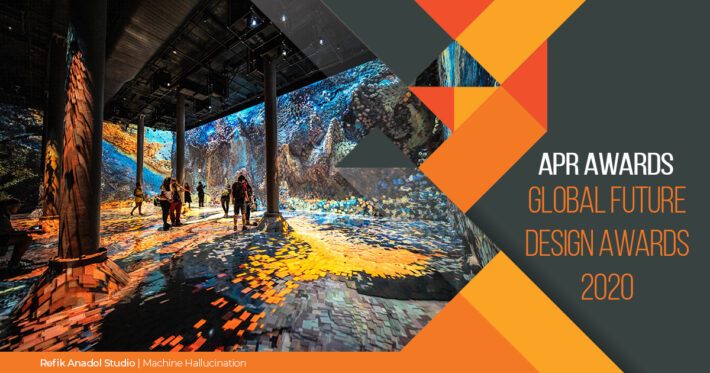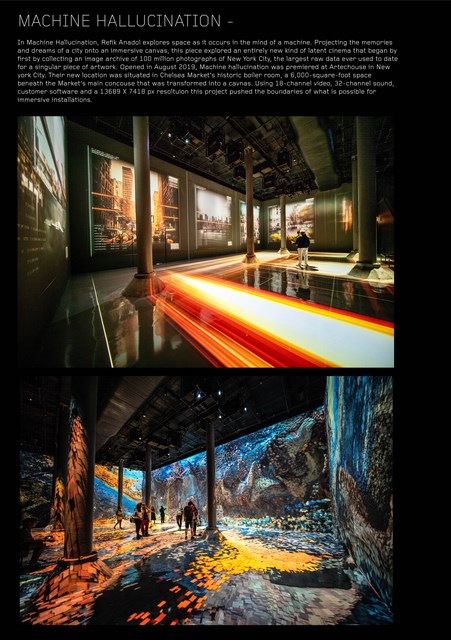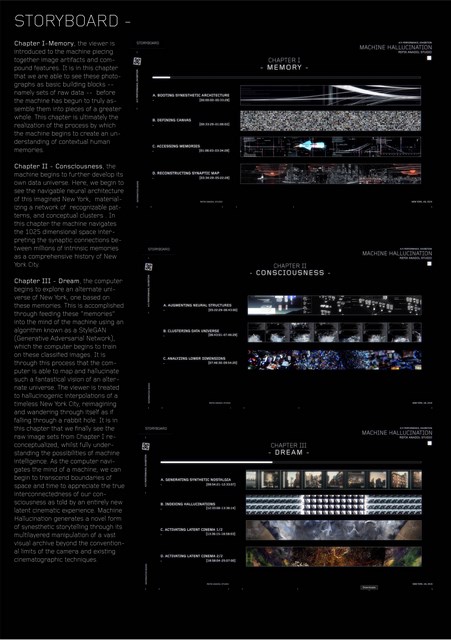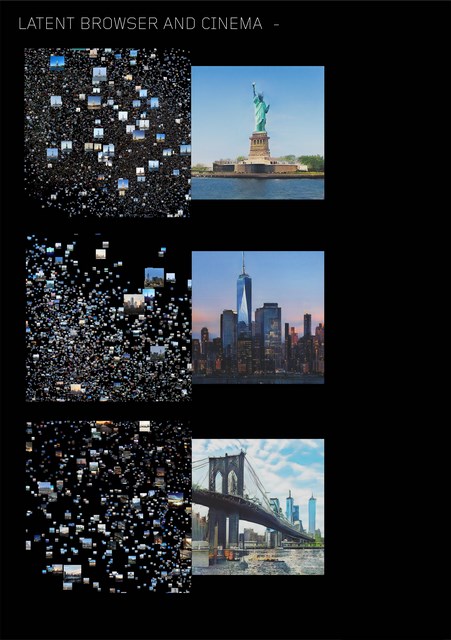The question of why we collect and share our quotidian experiences has always been entangled with the formal and aesthetic concerns about how to represent reality, totality, and the depth of human imagination. Nineteenth century poet Stéphane Mallarmé famously said that everything in the world existed to end up in a book. Revisiting Mallarmé’s proposition in a 1977 essay, philosopher Susan Sonntag contended, “Today everything exists to end in a photograph.” More recently, Jonathan Zittrain, the co-founder of Harvard’s Berkman Center for Internet and Society, suggested that “internet architecture” lacked a definable center and instead relied on “an extraordinary collective hallucination.” Architecting a unique sense of machine-induced collective hallucination based on documented visual experiences of NYC, Refik Anadol Studio’s Machine Hallucination adds another inquiry to such multi-layered and timeless questions about the relationship between collection and imagination.
3rd Award- Global Future Design Awards 2020
Firm | Refik Anadol Studio
Architect/Designer | Refik Anadol
Category | Interior Design Built
Team | Refik Anadol, Nicholas Boss, Maurizio Braggiotti, Efsun Erkilic, Carrie He, Daniel Seungmin Lee, Toby Heineman, Ali Emre Karacali, Efe Mert Kaya, Pelin Kivrak, Danny Seungmin Lee, Ho Man Leung, Kyle McLean, Alex Morozov, Christina Moushoul, Raman K. Mustafa, Julia Thompson, HyeJi Yang
Country | United States
Photographer/Copyright | ©Refik Anadol Studio
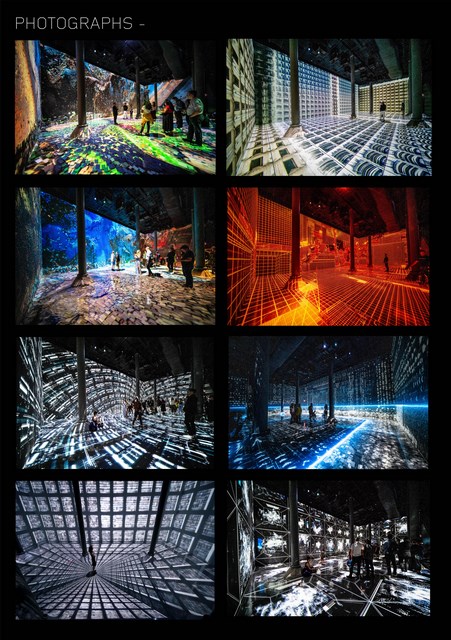
Debuted as the inaugural exhibition at Artechouse New York, Machine Hallucination was a 30-minute experimental cinematic experience that deployed machine learning on over 100 million photographic memories of NYC, the largest raw dataset ever gathered for an art exhibition. Through AI, a data universe of New York was processed in over a thousand latent dimensions. This allowed the viewer to intuitively understand the ways that memory could be spatially experienced, and the power of machine intelligence to both simultaneously access and augment our senses. As the computer navigates the mind of a machine in 1025 dimensions, we can begin to transcend the boundaries of space and time to appreciate the interconnectedness of our consciousness and an alternative process for artistic collaboration. The installation is novel therefore in its generation of new synesthetic storytelling techniques derived from multilayered manipulation of vast visual archives beyond the conventional limits of the camera and the existing cinematographic techniques.
The project is split into three distinct Chapters: Chapter 1 (Memory), Chapter II (Consciousness), and Chapter III (Dream). In Chapter I (Memory) the viewer is introduced to the machine piecing together image artifacts and compound features, showcasing these photographs as building blocks for the machine’s mind to assemble. In Chapter II (Consciousness), the machine begins to develop its own data universe of UMAPs and TSNEs to comprehend all of these photographs with image recognition algorithms. Here, we begin to see the navigable neural architecture of this imagined New York, materializing a network of recognizable patterns, and conceptual clusters. Finally in Chapter III (Dream), the computer and viewer begin to explore an alternate universe of New York. To create this universe, Anadol trained this data using a StyleGAN algorithm, an open source tool created by NVIDIA to map and hallucinate a subconscious version of the city. These generated images were then modified with custom latent space explorer software developed by the studio. To actualize this vision, Anadol employed 18 channel projectors, with 32-channel sound. The accompanying soundtrack was designed by Kerim Karaoglu. The resulting visuals were projected into the 6,000 square-foot gallery, which occupies an old boiler room located in Chelsea Market.


